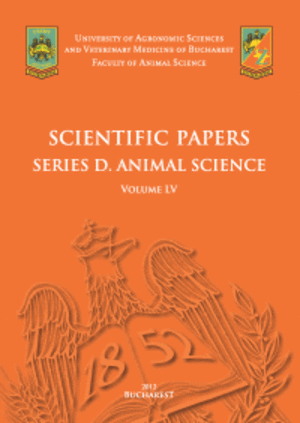Published in Scientific Works. Series C. Veterinary Medicine, Vol. LXXI, Issue 1
Written by Dan CRÎNGANU, Iuliana CRÎNGANU, Raluca NEGREANU
Lymphodysplasia is the reversible process by which antigen-stimulated adult B lymphocytes dedifferentiate into peripheral lymphoblasts, then into immunoblasts, plasmablasts and then plasma cells secreting antibodies against the antigen that stimulated them. In lymphoma, malignancy occurs in the intermediate stages of dedifferentiation with monoclonal immunoblastic or plasmablastic proliferation in Plasmacytoma with the secretion of enormous amounts of chimeric antibodies. The pathogenic mechanism consider in this paper consists of prolonged antigen hyperstimulation with parasitic and cell-destructive proteins that cause an accentuated proliferation of undifferentiated adult lymphoblasts at the level of organized lymphoid structures: the spleen for centroblastic lymphoma and the mediastinal, mesenteric, peripheral submandibular, prescapular, superficial inguinal lymphocenters and polyploidy in multicentric lymphoma. In oncology, it is a well-known fact that chronic inflammation is an important risk factor on the scale of carcinogenesis and the Babesia spp. and Dirofilaria spp. parasites determine exacerbated inflammatory reactions, their components and toxic excretions being the antigen in the puzzle. Thus, we ask: canine lymphoma has not been demonstrated to have a clear trigger among the known etiological factors, but should we start looking for proof?
[Read full article] [Citation]



